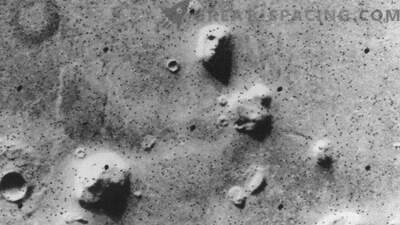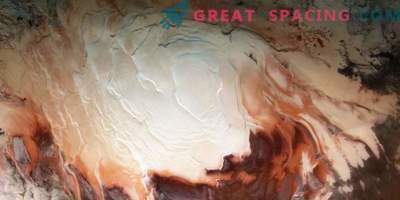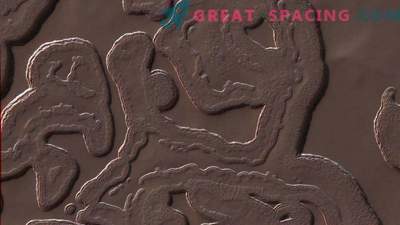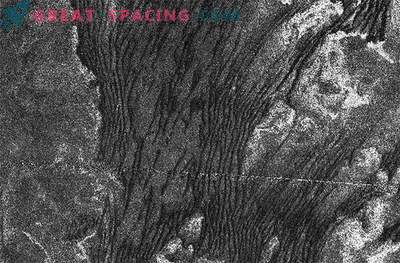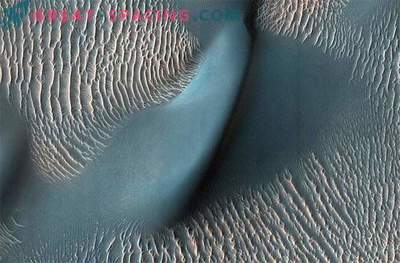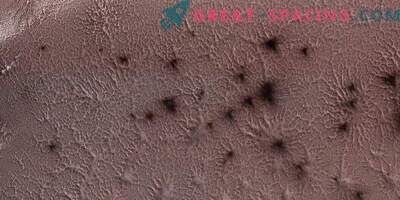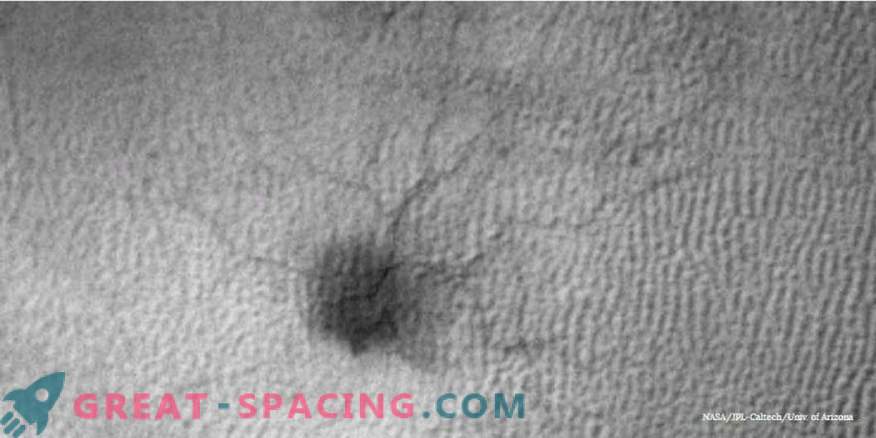
According to NASA's Mars Reconnaissance Orbiter (MRO) observations, a unique Martian feature is caused by the freeze-thaw cycle of carbon dioxide in the dunes.
Since arriving in Mars orbit in 2006, the interplanetary station MRO has recorded countless strange and amazing things on the surface of the Red Planet. Many features resemble terrestrial geology, but there are 100% Martian, including arachnid features seen in the dunes.
Well documented, these veins are of mysterious origin and challenge the HiRISE high resolution camera. Scientists familiar with the phenomenon call it "arachnid." Now they finally noticed the “birth” of one of the “spiders” and watched it grow for three Martian years (approximately 1.9 Earthly) and they thought that such a large structure could persist for many centuries.
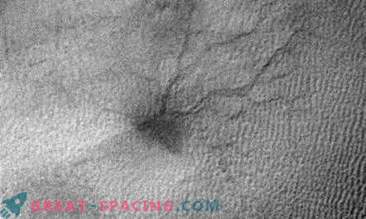
“We first watched these features that survive and grow year after year like huge spiders,” said Janna Portyankina from the University of Colorado, Boulder. “They are in areas of sand dunes, so we don’t know whether they will grow or disappear when sand is moved.”
Unlike Earth, Mars is covered with frozen carbon dioxide (dry ice) and its layers can be found in the polar regions. As the soil heats up in spring, solid carbon dioxide begins to sublimate — it passes the liquid phase and is immediately transformed into steam. Soil carbon dioxide will build up pressure and erupt through cracks in the ground, forming gutters (long and narrow trenches). And this seasonal ventilation will disturb surface dust. The erosion process that occurs every season is responsible for the dark veins that appear on the surface and form the Martian spiders. After tracking the genesis of one of these species, planetologists had the key to the reason for their formation. A specific example was found in spring in the south of Mars, where there is less sand than in the north. Seasonal seasonal ventilation (dust that was also removed after the formation of long gutters) is a short-lived phenomenon. They are quickly filled with sand brought by the wind. But in the south they persist longer.
“There are dunes where these branched troughs are located in the south, but there is less sand in this area than around the north pole,” said Portyankina. - “I think that the jump of sand starts the process of channel formation”.
Earth's atmosphere is not cold enough to form carbon dioxide of ice on or below the surface, so these spiders are an alien concept for us.


